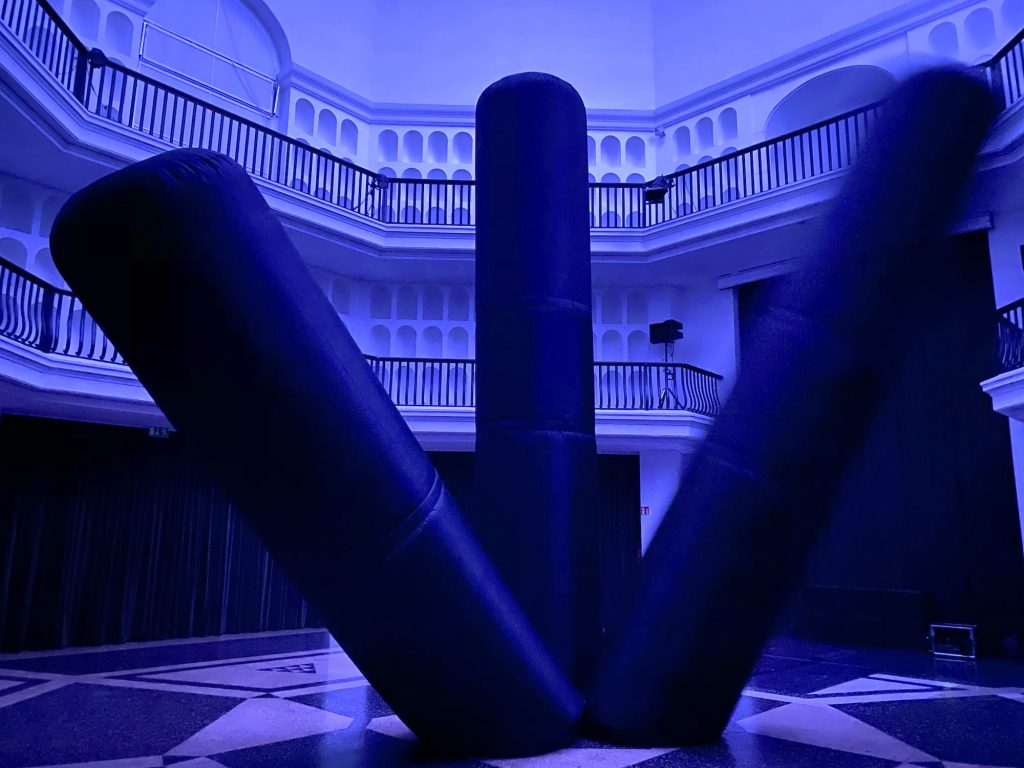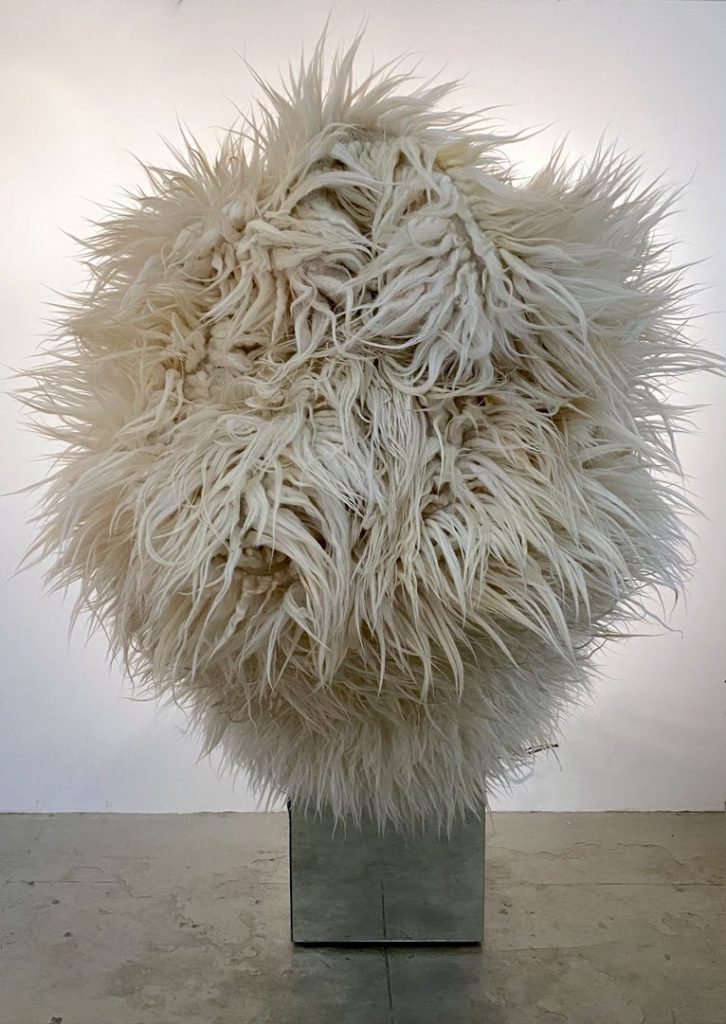Contact us for more information
Alex Schweder, born in 1970, lives and works in New York City. Schweder received degrees in architecture from Pratt Institute and Princeton University. Alex Schweder’s work has been featured in numerous periodicals such as the New York Times and Artform. RoseLee Goldberg and Juliet Rufford have theorized Schweder’s practice in Performance Now and Theater Architecture.
Schweder coined the term “Performance Architecture” to describe his contributions to architectural discourse. These were developed in exhibition spaces. Examples include Antarctopia at the 2014 Venice Biennale, The Real and Other Fictions at the 2013 Lisbon Architecture Biennale.
Schweder was an artist-in-residence at the American Academy in Rome as a 2005 Rome Prize Fellow in Architecture. He will also be a fellow at Civitella Ranieri in 2006 and at Civitella Ranieri in 2020.
Architecture of performance
Theorizing the interdependence between performance and architecture has been an ongoing discourse since the mid-1970s. In our contemporary era, Alex Schweder’s projects are avant-garde in terms of “performance architecture”.
Schweder coined the term “performance architecture” in 2007. For over twenty years, his practice has been dedicated to experimenting with modes of architectural production using performance-based thinking.
Alex Schweder met artist Ward Shelley in 2005 and collaborated on the project Architectural Performances. Schweder began using the term “performance architecture” during their first project, Flatland, at the Sculpture Center in New York. He uses it to describe how thinking about performance art can be applied to architecture.
Since Flatland, Schweder and Shelley have continued their collaboration by building structures such as ReActor. ReActor is a house balanced on a single point that rotates in the wind. This house tilts as the load shifts and as the weight of its occupants changes.
In 2016, Shelley and Schweder created their first outdoor work at Art Omi in Ghent, New York.






